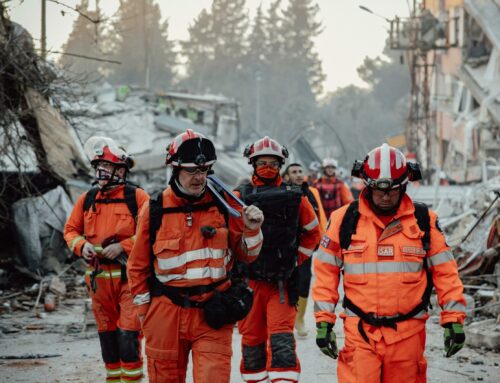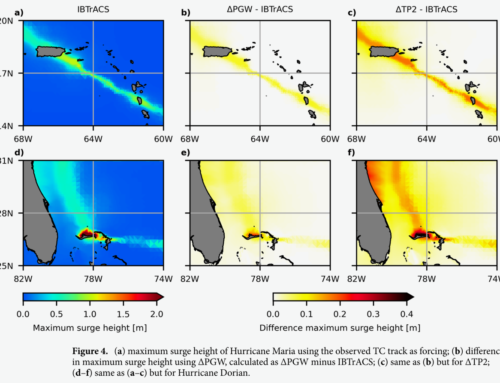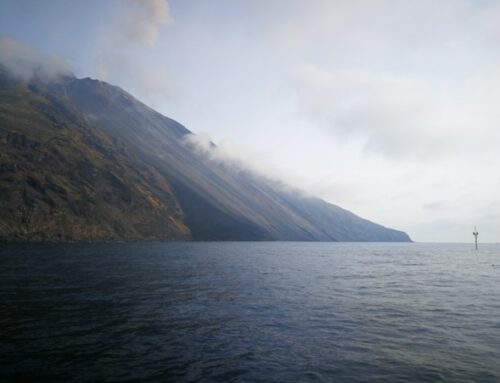Figure 1: Central Bucharest and its problems related to earthquakes: buildings and statistics referring to the impact of major earthquakes on the city, buildings individually evaluated and classfied as seismic risk class I (highlighted in red) and question marks on other buildings – clearly vulnerable but not yet evaluated.
Dragos Toma-Danila and Iuliana Armas, University of Bucharest
Bucharest is one of Europe’s most endangered capitals to earthquakes. Not only seismic hazard is at high levels, but also exposure and vulnerability, as the recent European Seismic Hazard and Risk Models but also national plans and strategies for seismic risk reduction shows. Bucharest was previously affected significantly by intermediate-depth earthquakes in the Vrancea seismic source, in 1802, 1838, 1940 or 1977 – with the last event being the most devastating yet. In the context of the times when these occurred, some lessons couldn’t be fully expressed and learnt.
With thoughts on preparing for what is to come and by using new data and approaches related to multi-risk, the team from University of Bucharest involved in the Paratus Project started a reevaluation of the earthquake’s impact on Bucharest. This time, the focus was on structuring the knowledge into impact chains that better explain, also visually, the links between different components (hazard, exposure, vulnerability, losses but also adaptation options), with regards to time and spatial dimensions. In order to differentiate between historical periods, two impact chains were created:
Of high relevance is that, in the digital dynamical version, each box and arrow shown in Figure 2 has a panel of information with text and photo explanations, evaluations of relevance and confidence, as well as references. These justify the selection of the authors. In the development of the impact chains, a key role was also played by the Paratus Bucharest Stakeholder Workshop, in which representatives of the Prefecture, Bucharest City Hall, Ministry of Development (Operative Centre for Emergency Situations), Ministry of National Defence/ National Military Command Centre/ General Directorate for Emergency Situations (Operative Centre for Emergency Situations), Department of Emergency Situations, Police and Gendarmerie participated.
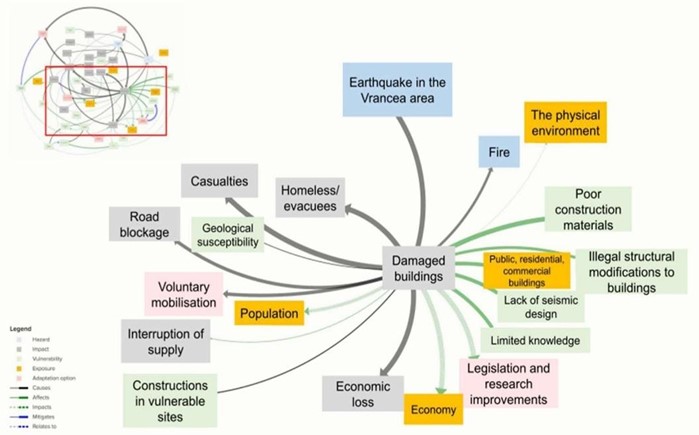
Figure 2: Part of the historical earthquake impact chain for Bucharest, focused on affected buildings, as viewed in Kumu. The full and dynamic impact chain can be visualized here
These impact chains prove to be of great importance for a synthetic understanding of the phenomenon and its impact on multiple societal levels. Besides the interest of stakeholders involved in risk management, these impact chains prove to be of great relevance for scientists, teachers and general audiences. That is why they were also included in the new version of the “Bucharest and Earthquakes” digital storymap. The impact chains are part of the Paratus Deliverable 1.1, along with impact chains for the other case-study areas. An impact chain for the current and foreseen situation is what comes next, incorporating the nowadays challenges and providing practical solutions for risk mitigation.
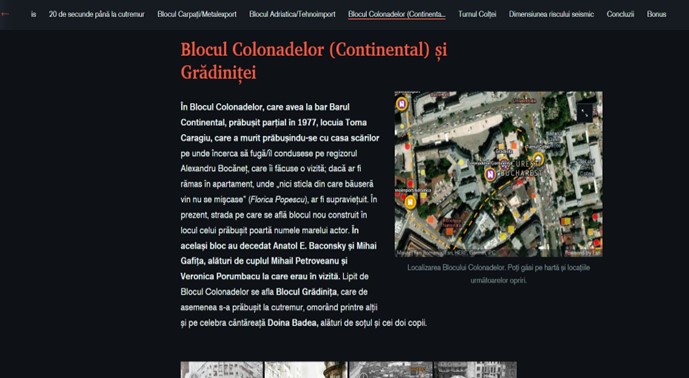
Figure 3; “Bucharest and Earthquakes” digital storymap, incorporating the impact chains and knowledge gathered within Paratus




